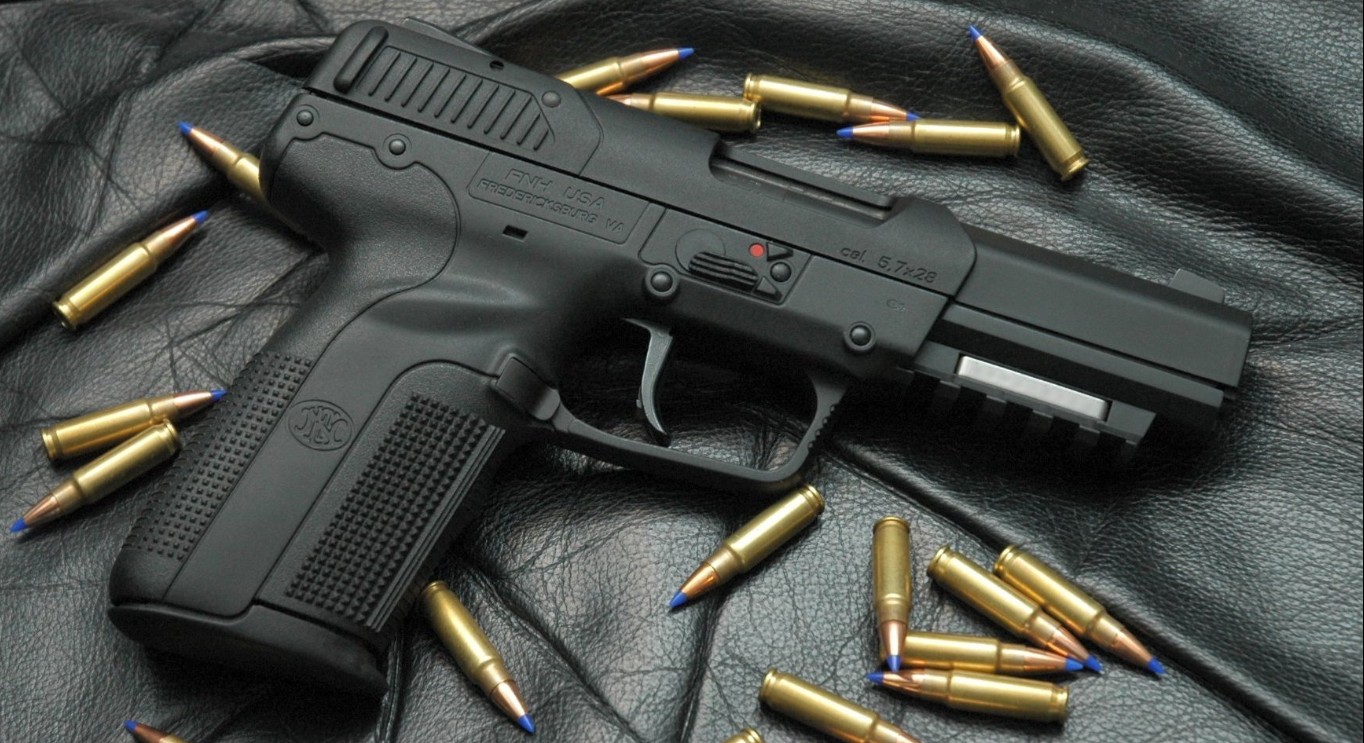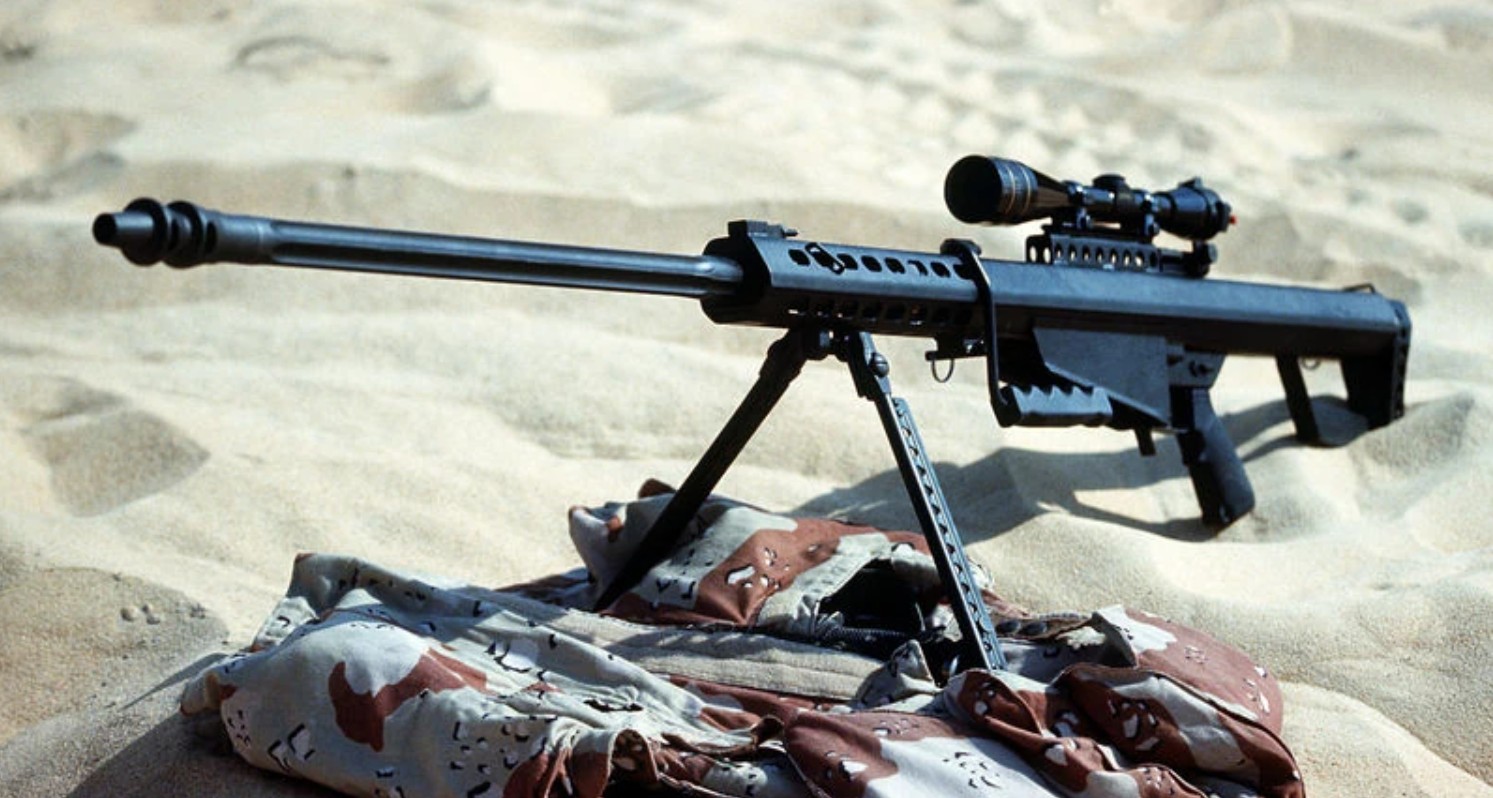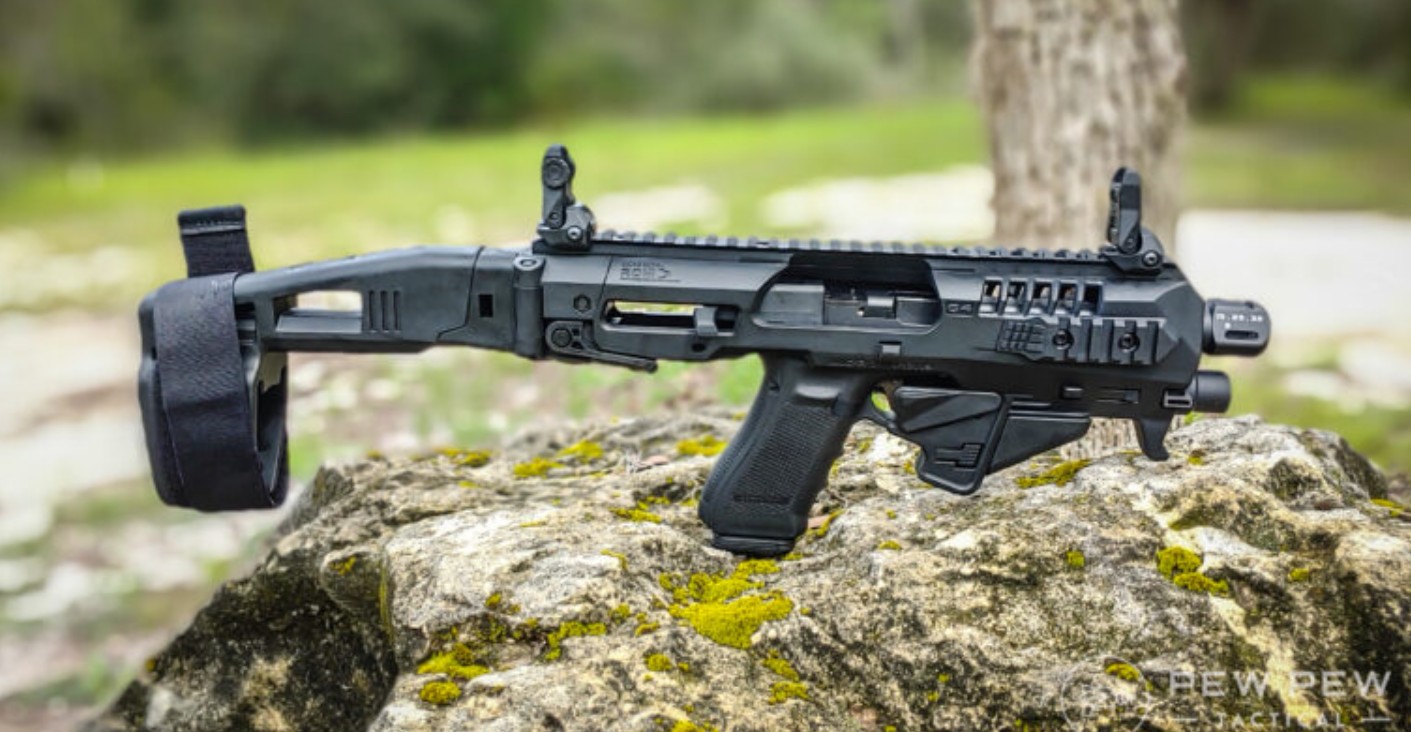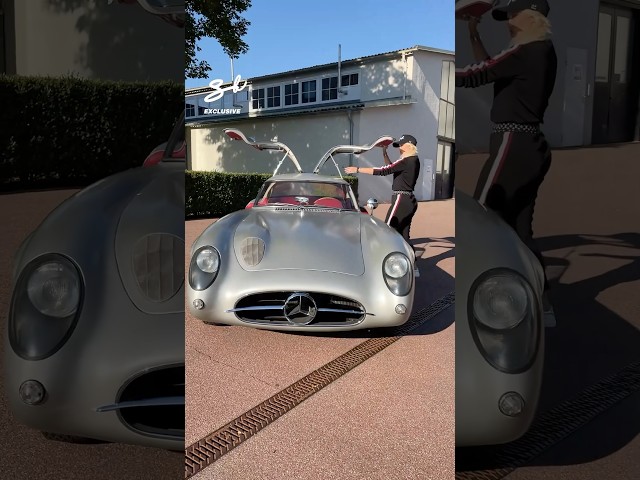The evolution of military vehicles is a testament to the rapid advancements in technology and the ever-changing requirements of modern warfare. One of the most intriguing reinterpretations in recent times has been the transformation of the Leopard 1 tank into the Condor Combat Vehicle. This new avatar, equipped with a 30mm cannon and a sophisticated radar system, promises to enhance battlefield capabilities significantly.
The Legacy of the Leopard 1
The Leopard 1, originally developed in the 1960s by West Germany, was a revolutionary tank for its time, known for its excellent mobility and firepower. It served as a main battle tank for many forces around the world, proving itself in various operational theaters. However, as warfare evolved, the need for more versatile and technologically-equipped vehicles became apparent.
From Leopard 1 to Condor Combat Vehicle
The transition from Leopard 1 to Condor is more than just a facelift; it’s a complete transformation to meet modern combat needs. The Condor Combat Vehicle retains the robust chassis of the Leopard but integrates new features that dramatically change its operational capabilities. This adaptation serves a dual purpose: extending the life of the Leopard 1 platform while providing military forces with cutting-edge technology.
Key Features of the Condor
- 30mm Cannon: The integration of a 30mm cannon provides the Condor with substantial firepower, capable of engaging a variety of targets with precision.
- Advanced Radar System: The inclusion of a radar system enhances situational awareness, allowing for detection and tracking in various combat scenarios.
- Improved Mobility: Despite the additional equipment, the Condor maintains excellent mobility, a hallmark of the Leopard 1 design.
- Enhanced Protection: Upgraded armor and advanced defensive systems provide superior protection for the crew.
Technical Specifications
| Feature | Specifications |
|---|---|
| Main Armament | 30mm Automatic Cannon |
| Secondary Armament | Coaxial 7.62mm Machine Gun |
| Armor | Upgraded Composite |
| Mobility | 65 km/h (road), 40 km/h (off-road) |
| Powertrain | 830 hp Diesel Engine |
| Radar System | Multi-function Target Acquisition and Tracking |
Strategic Advantages
The Condor Combat Vehicle offers numerous strategic advantages on the battlefield. Its enhanced firepower and radar capabilities allow for effective engagement of both ground and aerial threats. This adaptability is crucial in modern warfare where threats can emerge from multiple domains.
The radar system serves not just for targeting but also for electronic warfare roles, providing jamming capabilities and countermeasures that are invaluable in electronic warfare (EW) environments. With these tools, the Condor stands as a formidable deterrent against adversaries attempting to exploit electronic vulnerabilities.
Operational Versatility
Beyond its capabilities in traditional tank roles, the Condor can be effectively deployed in varied operations, including peacekeeping missions and reconnaissance tasks. Its ability to navigate challenging terrains makes it an asset in unexpected and uneven battlefields.
With its robust and versatile design, powered by a highly efficient diesel engine, the Condor ensures sustainability in long operations, minimizing the logistical strain on supply chains. This operational independence is crucial for sustained military campaigns.
The Future of Armored Warfare
The Condor Combat Vehicle represents a new era in armored warfare, combining the proven reliability of the Leopard 1 with the latest in military technology. Its development reflects a growing trend towards modernizing existing platforms in lieu of procuring entirely new systems, a strategy that balances cost with capability.
As global threats continue to evolve, so too will the technologies integrated into vehicles like the Condor. It is a clear indication of how historic, tried-and-tested platforms can be revitalized to meet the demands of 21st-century warfare, ensuring that ground forces retain a strategic edge over potential adversaries.









